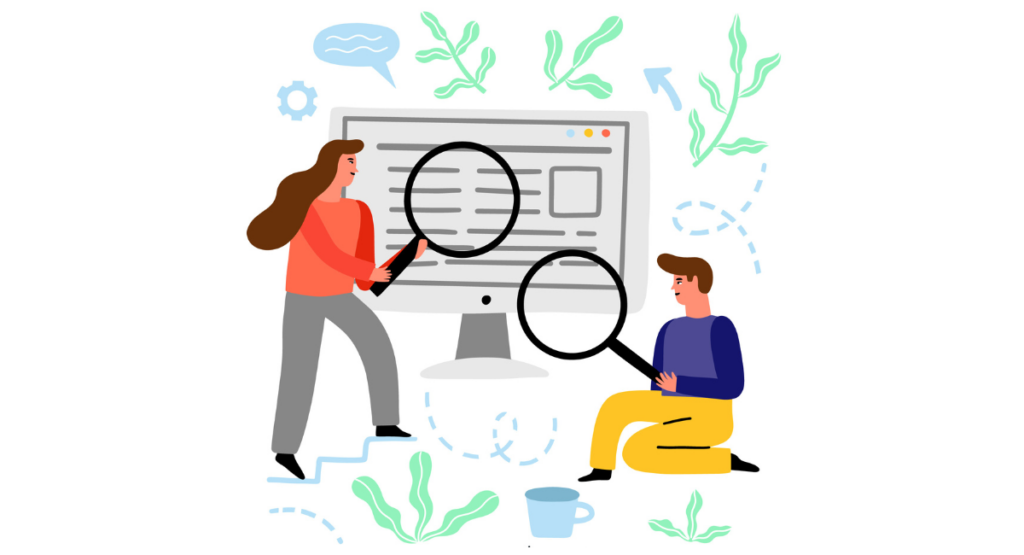Amongst rapid software product development, testing is one of the most critical phases that ensure product quality and user satisfaction. The arrival of automation has brought much change in the dimension of testing.
However, amidst automation revolutions, exploratory testing still remains irreplaceable. Inherently, it's a dynamic and adaptive method of testing, where learning, test design, and execution happen at the same time in exploratory testing.
This blog aims to revisit the relevance of exploratory testing in today's automated environment by pointing out various benefits, challenges, and best practices.
Understanding Exploratory Testing

Exploratory testing is primarily a manual testing technique, as it includes hands-on use of the software by the testers to discover defects, learn about the system, and create tests on the fly.
Because it falls outside scripted testing-in which predefined test cases are followed exploratory test is flexible and depends even more on the tester's skills and creativity.
This approach allows catching unexpected issues that may not be captured by automated tests. Contrary to the general view, exploratory testing is not about replacing automation but complementing it.
Where automation does wonders in repetitive and regression testing, exploratory test does well in finding edge cases, usability issues, and complicated scenarios. That would also allow both techniques to provide comprehensive test coverage and ensure quality software is delivered.
The Benefits of Exploratory Testing

Exploratory testing has a number of benefits to QA engineers, developers, and project managers. It gives a lot of freedom to the testers to think out of the box, make points, and discover defects that are usually not found in automated scripts.
It offers immediate feedback because exploratory-testing enables all bugs to be identified and fixed as quickly as possible. Such agility is particularly prized in Agile and DevOps environments.
In the end, exploratory testing enhances team collaboration and knowledge sharing by way of tester pronounced interaction with the application and feedback back to the development team.
One of the most popular examples of how exploratory testing works is Spotify. There, in this company, once they tried to use exploratory-testing for finding some issues concerning usability and general improvements.
Indeed, the freedom given to a tester to navigate around the app helped Spotify find the bugs that people could deal with and improved the general quality of their product.
Challenges and Misconceptions
While powerful, exploratory testing has its challenges. Without proper documentation, exploratory-testing might be hard to reproduce or even keep track of because it is an intuitive and creative activity by the tester.
To help with this, teams can utilize session-based test management tools that document their testing efforts to ensure traceability.
Yet another myth in exploratory testing is that it is time-consuming or less reliable when compared to automated testing. At all, that is not really a fact.
Exploratory-testing supplements the areas of automation where defects that scripted testing may not find can be found. It lends a good idea regarding the application's behavior and highlights the areas of concern.
Finding the Balance with Automation
Automation plays a very significant role in today's strategies of testing. It is excellent for repetitive work, huge test suites, and establishing consistency.
However, it is inherently a defect, and that is the reason why organizations should incorporate exploratory testing along with automation.
One good strategy is to automate repetitive and regression testing and keep exploratory-testing time dedicated for uncovering new issues and validating the behaviors of the software.
This is where teams can realize complete test coverage by doing both and hence maximize their chances of finding critical defects.
Best Practices for Incorporating Exploratory Testing
If you want to incorporate exploratory-testing in your Test Strategy, here are the best practices to do so:
- Allocate Time for Exploratory Testing: The test plan should have some fixed time reserved for exploratory testing. This would provide the testers with ample time to explore an application in depth in search of any hidden defects.
- Use Session-Based Test Management: Utilize session-based test management to document exploratory testing sessions. This will aid in tracking progress and capturing insights for traceability.
- Encourage Collaboration: Build a team culture where knowledge sharing is freely accepted. Testers should provide feedback on their findings, discussing test strategies with the developers.
Tools and Technologies for Exploratory Testing
There are some tools and technologies that can be effectively utilized in exploratory-testing. Some of these are popular among the:
- TestRail: TestRail is an all-in-one test management tool that would be right to call encouraging teams for planning, execution, and tracking exploratory testing. It covers documenting test cases, capturing results, and generating reports.
- JIRA: JIRA basically is an issue tracker and one of the very common tools for project management. The tools used in exploratory test can be integrated with it for defect capturing, keeping track of actual flow, and easing the process of communication between developers and testers.
- Session-Based Test Management Tools: Tools like TestBuddy and Rapid Reporter are examples that provide the test analyst with the facility to document the testing sessions related to the test, not just of the test steps but also the observations and the bugs encountered. These tools ensure testing is well-documented and traceable.
Future Trends in Exploratory Testing
Exploratory testing has been changing with technological development. In the coming time, advanced AI and machine learning techniques are likely to influence the modus operandi of exploratory-testing.
AI-driven patterns recognition, test scenario generation, and predictive-based possible defect identification may help human testers to a large extent, enhancing the effectiveness of exploratory test.
Moreover, the integration of exploratory-testing with other tools, such as continuous integration/continuous delivery pipelines, will also continue to increase.
By using continuous integration/continuous delivery pipelines, exploratory testing can ensure that every release of software is end-to-end tested and that software quality can be obtained with accelerated delivery.
Book a Demo and experience ContextQA testing tool in action with a complimentary, no-obligation session tailored to your business needs.
Conclusion
All in all, exploratory testing is still an important practice in the era of automation. Flexibility, creativeness, and the potential to find singular defects have made exploratory test an essential toolkit for QA engineers, developers, and project managers.
Proper balance struck between exploratory-testing and automation enables the organization to make deeper coverage and ensure high software quality delivery to stay competitive.
As always, we encourage that you share your exploratory experiences or ask whatever questions you might have so that together, this can be elucidated on and further enrich the understanding and practice of this valued approach to testing.
Also Read - Regression Testing: Manual vs. Automated – When to Use Which?
We make it easy to get started with the ContextQA tool: Start Free Trial.
